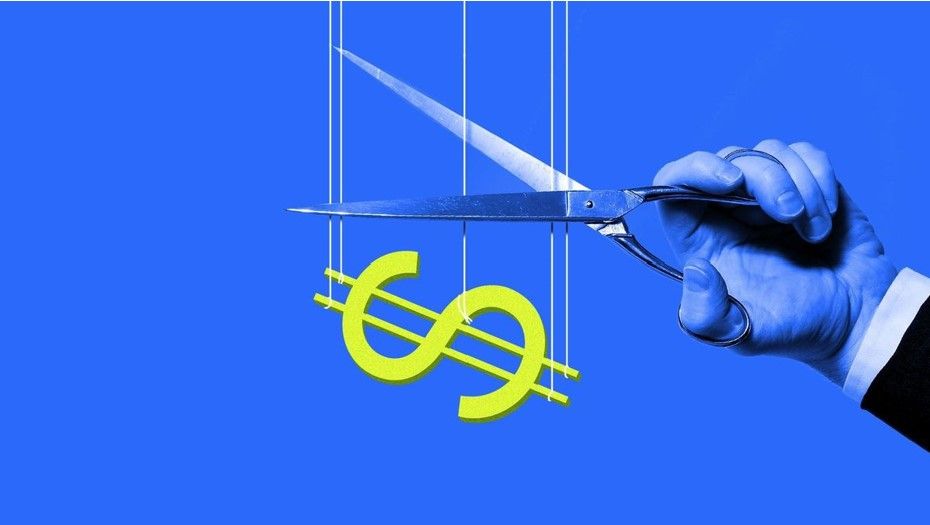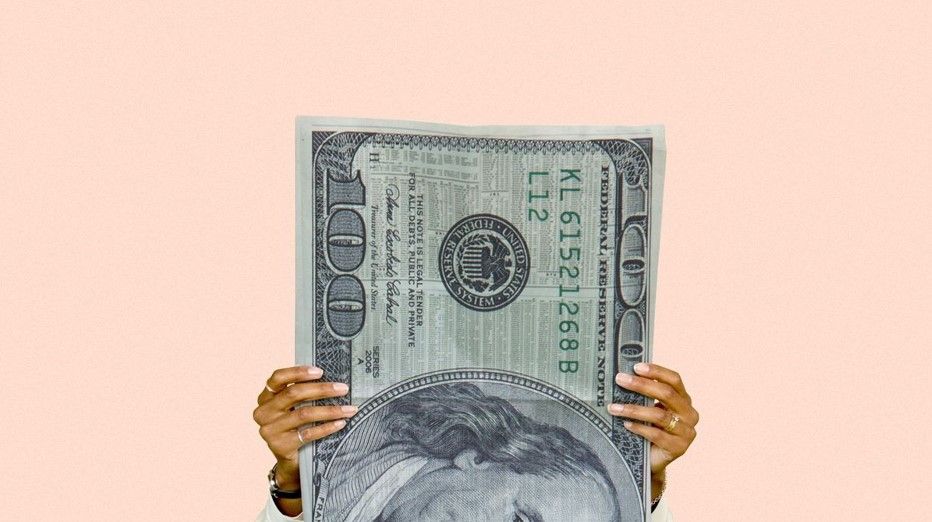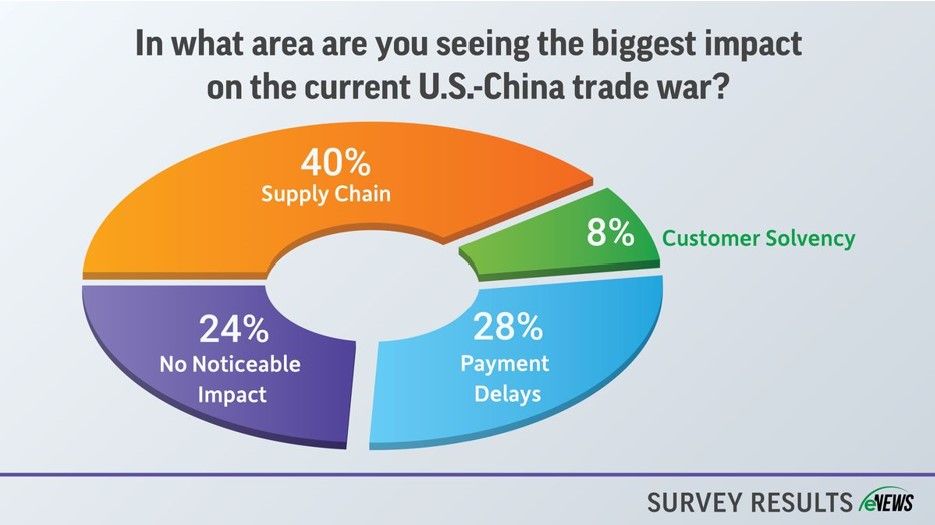Economy, eNews
Stability in face of fluctuating currency values

Credit managers are no strangers to change, with economies always fluctuating and markets changing at the drop of a hat. When it comes to the value of the U.S. Dollar, fluctuation can be more complex and create complications in international trade, leaving credit managers at odds with their customers overseas.
Why it matters: The U.S. Dollar is currently 22% overvalued compared to the 1987 to 2025 average value. The value increased steadily after robust efforts to recover from the Covid-19 pandemic and American technology sectors boomed over the last few years.
In part, the United States’ role in the technology sector grew, specifically over the last few years with artificial intelligence (AI). “What’s affected the dollar for a long time is the sense of U.S. exceptionalism,” said Kevin Hebner, Ph.D., global investment strategist at Epoch Investment Partners, Inc. (New York, NY). “There’s this sense that America is the home of innovation, where this transformative technology is taking place, and so we end up getting these concentrated bets in U.S. equities in the USD. That was the key driver for the inflation of the USD over the last couple years until the end of 2024.”
The Trump administration wants to withdraw the USD from its role as a dominant reserve currency internationally, signifying the administration’s larger initiative to taking a step back as the world’s primary destination for exports. Stephen Miran, Chair of the Council of Economic Advisors of United States, ties economic imbalances, from trade deficits to de-industrialization to wealth inequality, to an overvaluation of the USD.
“Miran has this view that because the USD is used as a dominant reserve currency, it means other central banks, for example, the People’s Bank of China or the Bank of Japan, will buy USD assets like Treasuries, and sell their own currency, leaving their currency weak,” Hebner said. “The USD gets expensive and that gives them an advantage in trade. Their currency is weak when they’re exporting, which encourages exports and discourages imports.”
By the numbers: In a recent poll by the University of Chicago, 86% of economists agreed that the USD’s status as a prominent reserve currency substantially increases its value. Furthermore, 84% agreed that U.S. policy measures to disrupt the use of the dollar as a dominant reserve currency would lower its status as a dominant reserve currency. Despite this, 64% agreed that such policy would not only weaken the USD but hurt the government’s ability to finance its deficits.
“Normally what you would see is U.S. interest rates tend to correlate very strongly with the dollar,” said Brent Donnelly, president of Spectra Markets (Norwalk, CT). “Usually, in times of economic uncertainty, bond yields would go down and the dollar would go down. That’s what happened in the 2000s after the Dot Com bubble burst. This time it’s different because people are worried about the policies and so they’re selling U.S. bonds, which means yields are going up. But yields are going up and the dollar’s going down.”
All these factors have the potential to weaken the United States as a global trade hub. “It’s an interesting situation where essentially there’s this ‘sell America’ theme now where people are selling dollars, selling bonds and selling stocks all at the same time,” Donnelly said. “If you look at the performance of equities, the U.S. stock market is one of the worst performing in the world this year.”
Fluctuation in the USD’s value complicates the work of a credit manager by making it more difficult to assess risk and forecast cash flow. While a change in value would impact the risk environment across the board, it may not affect each credit manager equally. “It depends on whether your company does international business or not,” said Ty Knox, ICCE, director of credit and risk at EFCO Corp (Des Moines, IA). “Obviously, the greater the company’s global footprint or reliance on imports and exports, the more essential USD monitoring becomes for credit managers.”
Changes in currency values can impact both sides of international trade, depending largely on which currency’s value is fluctuating and in what direction. “If your customer’s local currency weakens against the USD, their debt burden increases if they owe you in dollars,” Knox said. “If your customer’s local currency strengthens against the USD, it makes it easier for foreign customers to pay U.S. suppliers.”
If the coming months see a weaker dollar, credit managers monitoring international transactions can anticipate changes in buying and selling patterns. “A weaker dollar can benefit U.S. exporters and ease foreign repayment burdens, but it comes with a significantly higher cost of imports and a reduction of dollar-denominated assets,” Knox said. “This is especially true for import-heavy firms and long-term investments.”
The bottom line: Whether or not the Trump Administration will carry out any larger efforts to weaken the value of the USD remains to be seen. Credit professionals everywhere should keep an eye on where U.S. currency stands and understand exactly where and how it will affect them and their customers.





